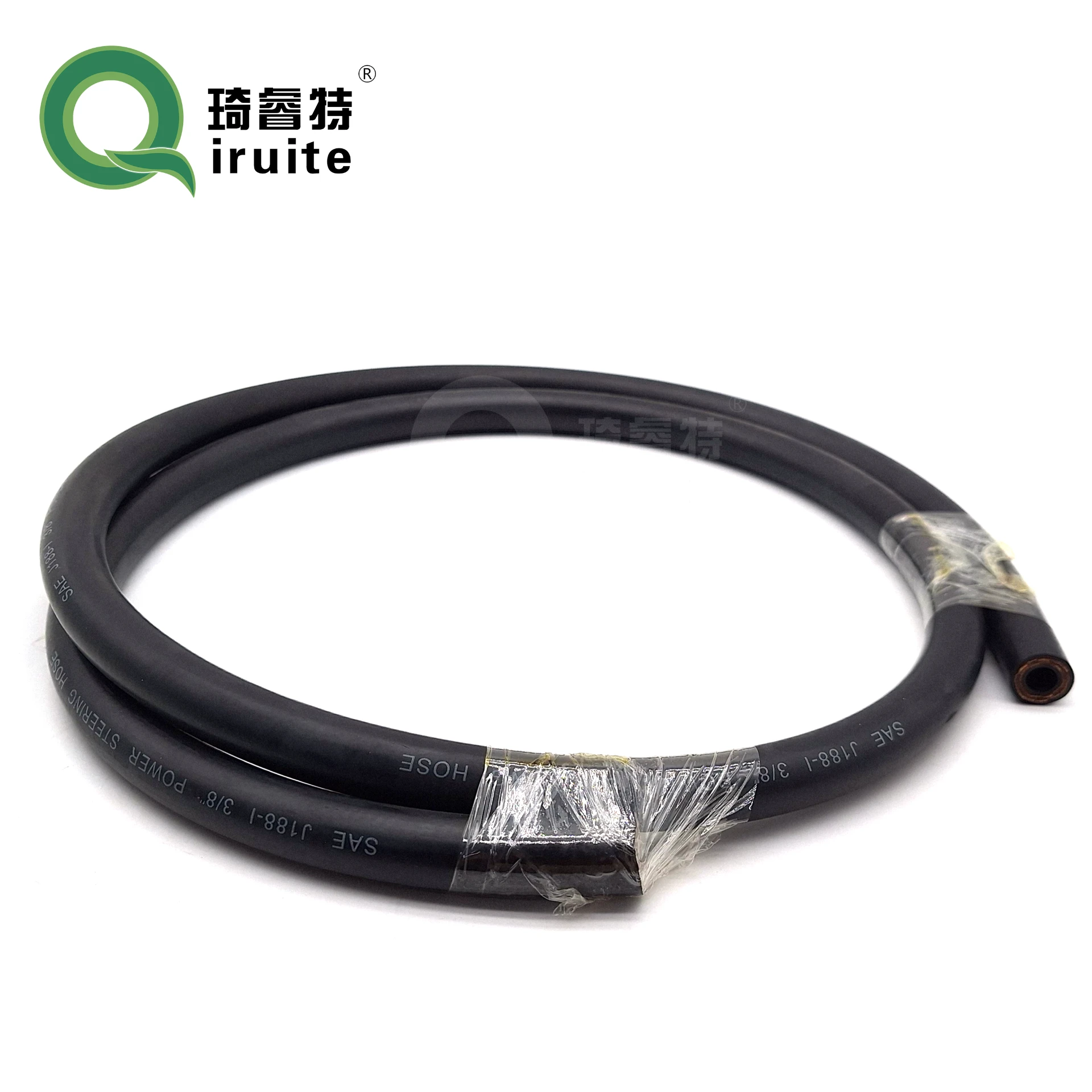how much pressure is on a power steering hose
Understanding the Pressure on Power Steering Hoses
Power steering systems are crucial for modern vehicles, providing the necessary assistance to drivers when steering. This system works by using hydraulic fluid to amplify the driver’s effort, making it easier to maneuver the vehicle. However, key components such as the power steering hose are subjected to significant pressure during operation. Understanding this pressure is vital for maintaining your vehicle's performance and safety.
The Role of Power Steering Hoses
Power steering hoses are responsible for transporting hydraulic fluid from the power steering pump to the steering gear and back. These hoses must withstand high pressures generated within the system. In a typical power steering system, the pressure can range from 800 to 1,500 psi (pounds per square inch) while in operation. This high-pressure environment means that the hoses must be designed to handle not just the fluid flow but also the stress and strain that comes with hydraulic operations.
Factors Affecting Pressure Levels
Several factors contribute to the pressure exerted on power steering hoses
1. System Demand The more effort the driver exerts on the steering wheel, the more fluid the pump circulates. This increase in fluid flow can lead to fluctuations in pressure, necessitating robust hoses that can handle such variations.
2. Fluid Temperature As the hydraulic fluid heats up, it can expand, resulting in increased pressure. High temperatures can also affect the viscosity of the fluid, potentially increasing the load on the hoses.
3. Wear and Tear Ageing hoses can deteriorate due to constant exposure to hydraulic fluid, heat, and environmental elements. This degradation can alter their ability to withstand pressure, leading to potential leaks or ruptures.
Material Considerations
The materials used in manufacturing power steering hoses are critical to their performance under pressure. Most hoses are constructed from synthetic rubber and reinforced with textile or metal braiding to enhance their strength. This reinforcement is indispensable, as it provides the necessary resilience against the high-pressure environment they operate in.
how much pressure is on a power steering hose

Symptoms of Pressure-Related Issues
If power steering hoses are experiencing pressure-related problems, several symptoms may arise, indicating the need for attention
- Steering Difficulty If the pressure in the system becomes inadequate due to a hose leak or rupture, drivers may find it increasingly difficult to steer, especially at low speeds.
- Fluid Leaks One of the most apparent signs of a compromised hose is the presence of hydraulic fluid on the ground beneath the vehicle. This could indicate a crack or leak in the hose, leading to decreased pressure in the steering system.
- Noisy Steering Unusual noises such as whining or groaning can signal issues with the power steering system related to low fluid levels, often stemming from hose problems.
Maintenance and Prevention
To ensure that power steering hoses continue to function correctly under pressure, regular maintenance checks are essential. Inspecting hoses for signs of wear, cracks, or leaks can help prevent catastrophic failures. Additionally, ensuring that the hydraulic fluid is at the correct level and in good condition can mitigate pressure issues.
If any warning signs are noticed, it is crucial to address them immediately by consulting with a qualified mechanic. They can perform a thorough inspection and replace any damaged hoses before they lead to more significant issues.
Conclusion
Understanding the pressure on power steering hoses is essential for the safe and effective operation of a vehicle’s steering system. By acknowledging the factors that influence this pressure and maintaining the integrity of hoses, drivers can ensure smoother handling and increased safety on the road. Regular maintenance and vigilance are the keys to preserving the performance of this vital automotive component.
-
Ultimate Spiral Protection for Hoses & CablesNewsJun.26,2025
-
The Ultimate Quick-Connect Solutions for Every NeedNewsJun.26,2025
-
SAE J1401 Brake Hose: Reliable Choice for Safe BrakingNewsJun.26,2025
-
Reliable J2064 A/C Hoses for Real-World Cooling NeedsNewsJun.26,2025
-
Heavy-Duty Sewer Jetting Hoses Built to LastNewsJun.26,2025
-
Fix Power Steering Tube Leaks Fast – Durable & Affordable SolutionNewsJun.26,2025

